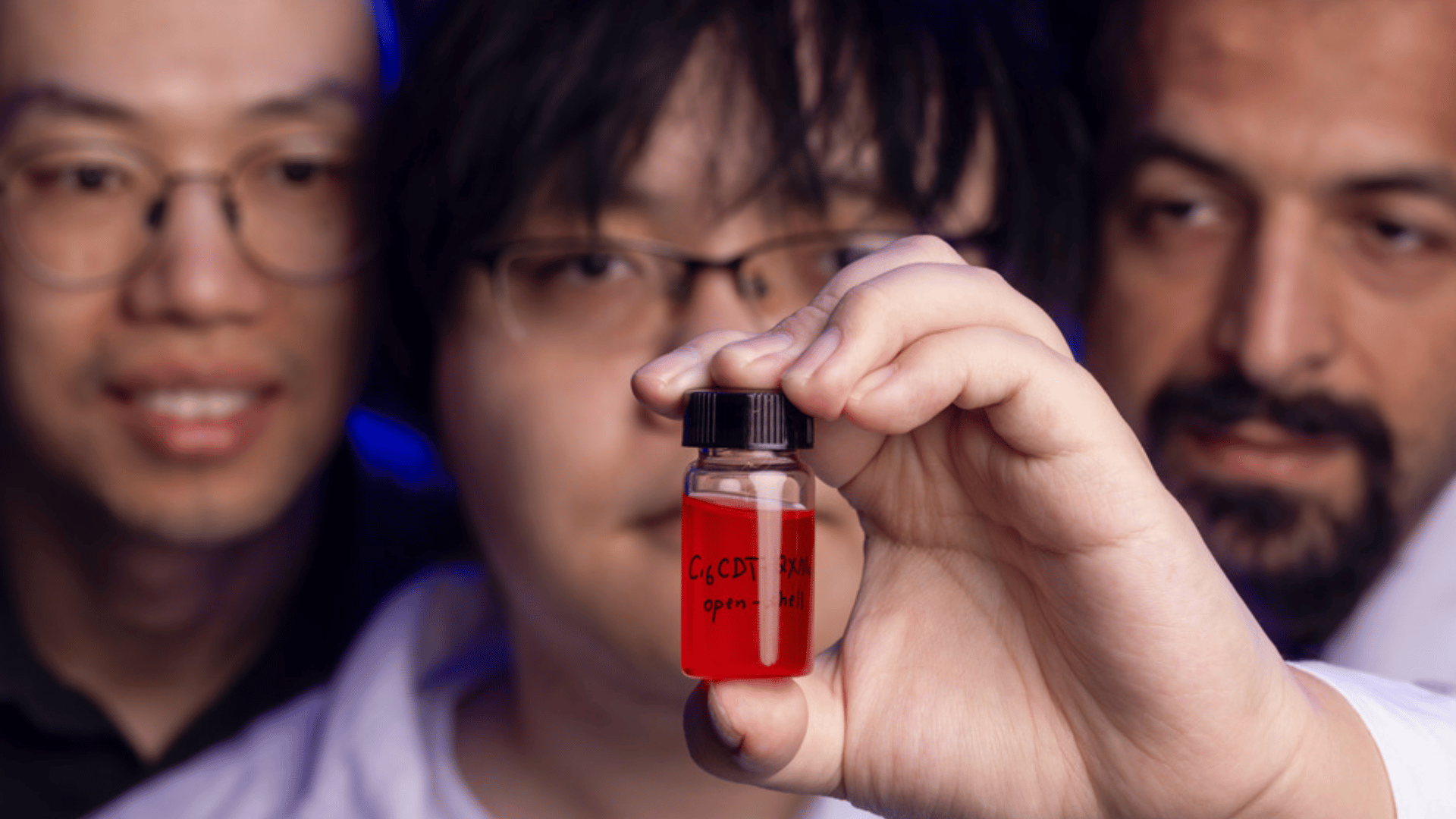Silicon chips that power computers can only get so small compared to those that power our smartphones, which are handheld computers. Researchers at the University of Miami are trying to solve this problem. Specifically, they want to find a way to conduct electricity without using silicone or metal, two commonly used materials in modern chips.
“Over the past 50 years, the number of transistors we can put on a chip has doubled every two years,” said Kun Wang, assistant professor of physics at the University of Miami College of Arts and Sciences. “But we are rapidly reaching the physical limits for silicon-based electronics, and it’s more challenging to miniaturize electronic components using the technologies we have been using for half a century.”
Enhancing Computers With a Molecule

Researchers say using tiny molecular materials for functional components such as transistors, sensors, and interconnects in electronic chips offers advantages. This is especially important because they say traditional silicone-based technologies are approaching their “physical and performance limits.”
However, the “ideal” chemical makeup for the molecule has stumped scientists. Wang and his team recently uncovered a potential solution. They shared what they believe is “the world’s most electrically conductive organic molecule.” As a result, it opens up opportunities for constructing smaller, more powerful computing devices. In addition, the molecule is composed of natural chemical elements, including carbon, sulfur, and nitrogen.
“So far, there is no molecular material that allows electrons to go across it without significant loss of conductivity,” Wang said. “This work is the first demonstration that organic molecules can allow electrons to migrate across it without any energy loss over several tens of nanometers.”
He added that their molecules are “stable under everyday ambient conditions and offer the highest possible electrical conductance at unparalleled lengths.” Therefore, it could lead to classical computing devices becoming smaller, more energy-efficient, and more cost-efficient.
“What’s unique in our molecular system is that electrons travel across the molecule like a bullet without energy loss, so it is theoretically the most efficient way of electron transport in any material system,” Wang noted. “Not only can it downsize future electronic devices, but its structure could also enable functions that were not even possible with silicon-based materials.”
Wang explained that the materials needed to compose the molecule are inexpensive and it can be made in a lab.
“This molecular system functions in a way that is not possible with current, conventional materials,” Wang said. “These are new properties that would not add to the cost but could make (computing devices) more powerful and energy efficient.”







